About
Welcome to TechCheckmate, your go-to resource for unique cybersecurity, bug bounty hunting, and tech insights. I aim to provide creative and out-of-the-box content for beginners and tech enthusiasts alike.
From Steam to Stars: The Dawn of Modern Technology
The industrial age marked the dawn of unparalleled technological advancements, embraced with unbridled enthusiasm. Steam engines, electric lights, and radios transformed the world. Life got easier. Connections grew tighter. Vibrancy soared. Society marveled at each new invention, seeing them as harbingers of a brighter, more convenient future.
The Power of Steam: Revolutionizing Transportation
Steam engines revolutionized transportation, turning distant lands into reachable destinations. Trains carried goods and people swiftly, fostering economic growth and personal adventure. The steam engine was the heartbeat of the Industrial Revolution. Clack! Choo-choo! All aboard! Can you hear the whistle? The excitement it brings? Imagine a time when the sound of a train whistle evoked excitement and the promise of new opportunities. Steam engines shrank the world, making it feel like anything was possible.
Edison’s Light: Illuminating the Night
Edison’s electric lightbulb banished the shadows, casting a warm glow over homes, streets, and bustling factories. It extended working hours and made cities safer and more lively. The electric light was a beacon of modernity. Zap! Flick! Voilà! Night turned into day. Picture bustling cities, once shrouded in darkness, now glittering like constellations brought to Earth. The simple flip of a switch turned dreams into illuminated reality.
Marconi’s Magic: The Birth of Radio
Radio waves, pioneered by Marconi, created a new kind of global community. Radios brought real-time news, music, and entertainment into homes, connecting people across vast distances. The radio was a revolutionary tool. It was magical. It was transformative. Families gathered around their radios, listening to broadcasts that bridged oceans and continents. Stories from afar. Voices from everywhere. Voices from the world spoke right to you, weaving a shared dream.
Reflecting on Progress: The Shadows of Innovation
These technological marvels painted a picture of a utopian future, where progress knew no bounds. But in our fervor for innovation, did we miss the lurking shadows? The spills, the shifts, the sneaky grips? As we celebrated the gifts of technology, were we aware of the costs? The dawn of the atomic age awaits. Big questions. Deep reflections. Our technological ambitions laid bare.
Timeline: Milestones of Modern Technology
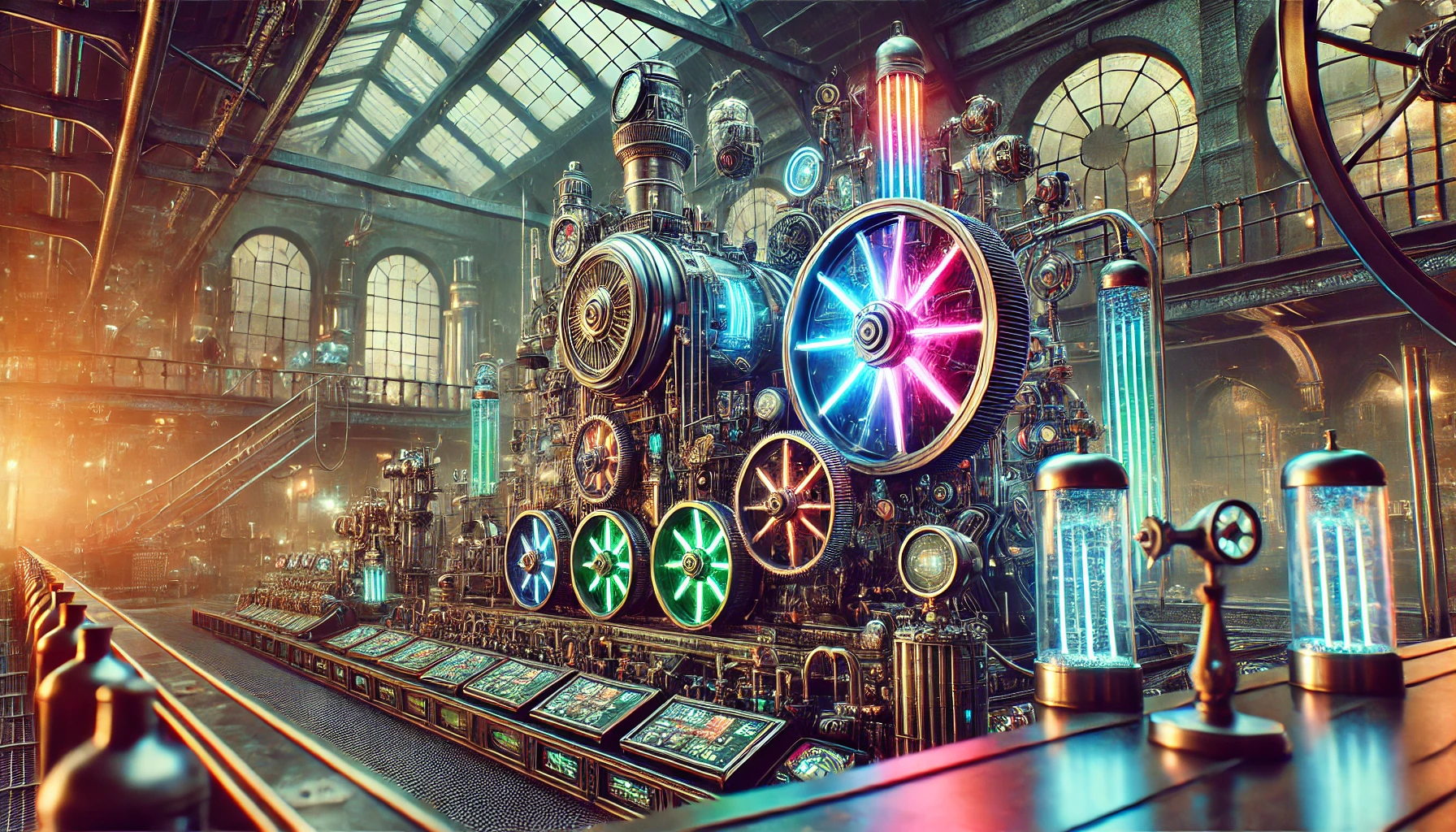
- 1769: James Watt’s steam engine patent
- 1807: Robert Fulton’s steamboat, the Clermont, makes its first voyage
- 1830: Opening of the Liverpool and Manchester Railway, the first inter-city railway
- 1876: Alexander Graham Bell invents the telephone, transforming communication
- 1879: Thomas Edison demonstrates the incandescent light bulb
- 1895: Wilhelm Röntgen discovers X-rays, revolutionizing medical diagnostics
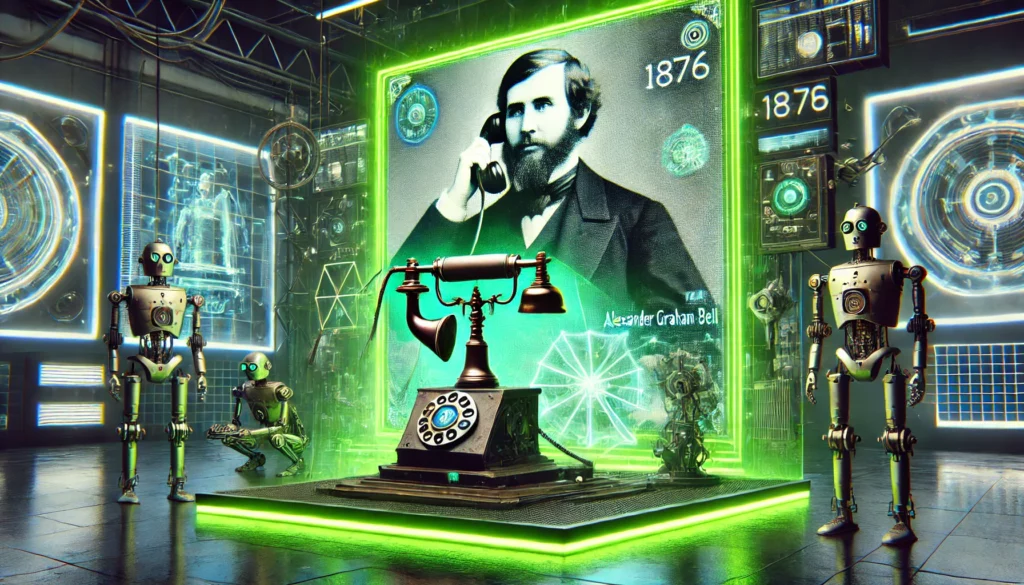
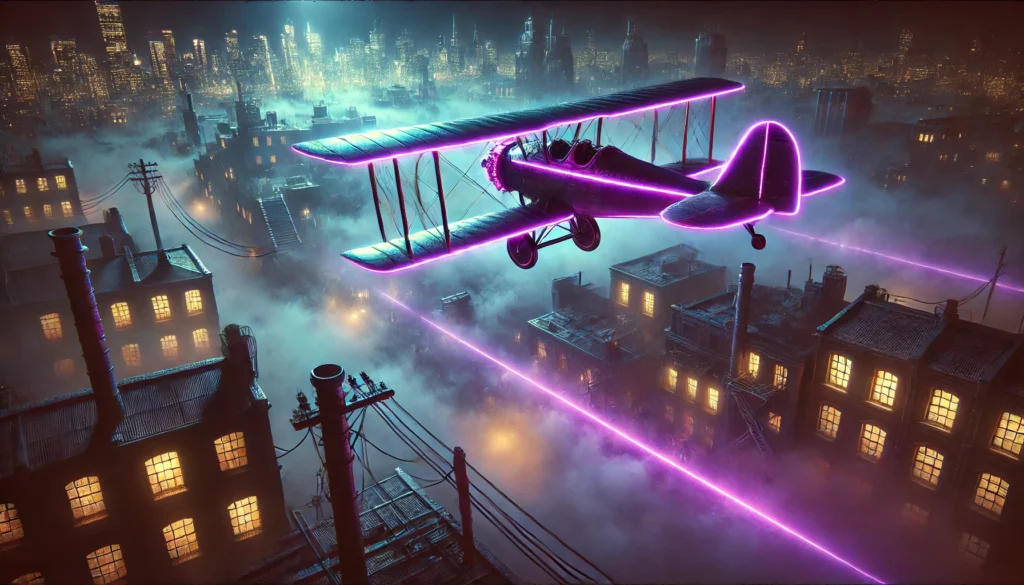
- 1895: Guglielmo Marconi sends and receives the first radio signal
- 1903: Wright brothers achieve the first powered flight, opening the skies to human travel
- 1920: Commercial radio broadcasting begins, bringing information and entertainment to the masses
- 1928: John Logie Baird Demonstrates the First Color Television
- 1928: Alexander Fleming discovers penicillin, sparking the age of antibiotics
- 1938: Discovery of nuclear fission by Otto Hahn and Fritz Strassmann
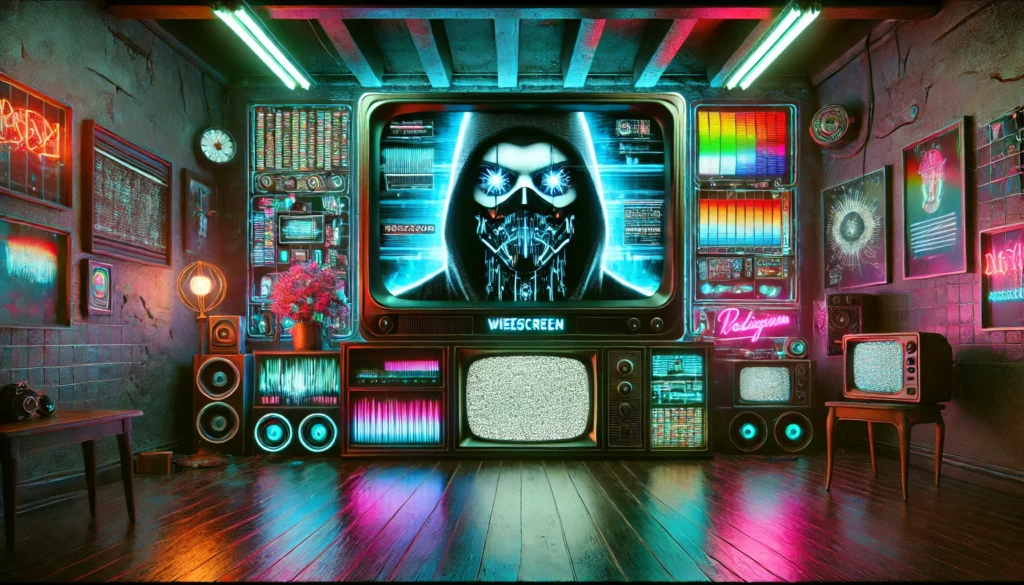
A Glimpse of Hope Amidst Despair
Europe before the 1760s was steeped in suffering. The Black Death cut down a third of the population, leaving deep, painful scars. Successive pandemic waves didn’t relent, claiming lives into the 17th century. Famine was a dreaded visitor, as seen in the Great Famine of 1315-1317, which caused mass starvation.
Overcrowded cities turned into breeding grounds for disease. Poor sanitation fueled epidemics of measles and influenza. Manual labor? Backbreaking and dangerous. Workers toiled in perilous conditions with no safety measures.
Yet, amid this grim reality, a spark of hope emerged. Inventors started to tinker, dreamers began to dream. New inventions hinted at a future where survival wasn’t the only goal. The dawn of innovation promised a brighter tomorrow.
Hope and Possibility: The Spirit of the 1760s
The 1760s ignited a spark of innovation that burned brightly. Steam engines roared, turning manual labor into a thing of the past. Cities grew, illuminated by the glow of electric lights. Industrial progress pumped life into the economy.
This newfound wealth allowed governments to quickly improve sanitation practices, reducing the spread of deadly diseases. Meanwhile, agricultural advancements like the seed drill and selective breeding revolutionized food production. Famine became a relic of the past. Imagine swapping your horse for a steam-powered locomotive.
The world was changing faster than anyone could have imagined. People were thrilled by the power of science and reason, believing they could conquer any challenge. Inventions popped up like popcorn at a summer fair, each one more exciting than the last. Hope wasn’t just a feeling; it was a reality. The world felt alive with possibility.
From Hope to Horror: The Outbreak of World War I
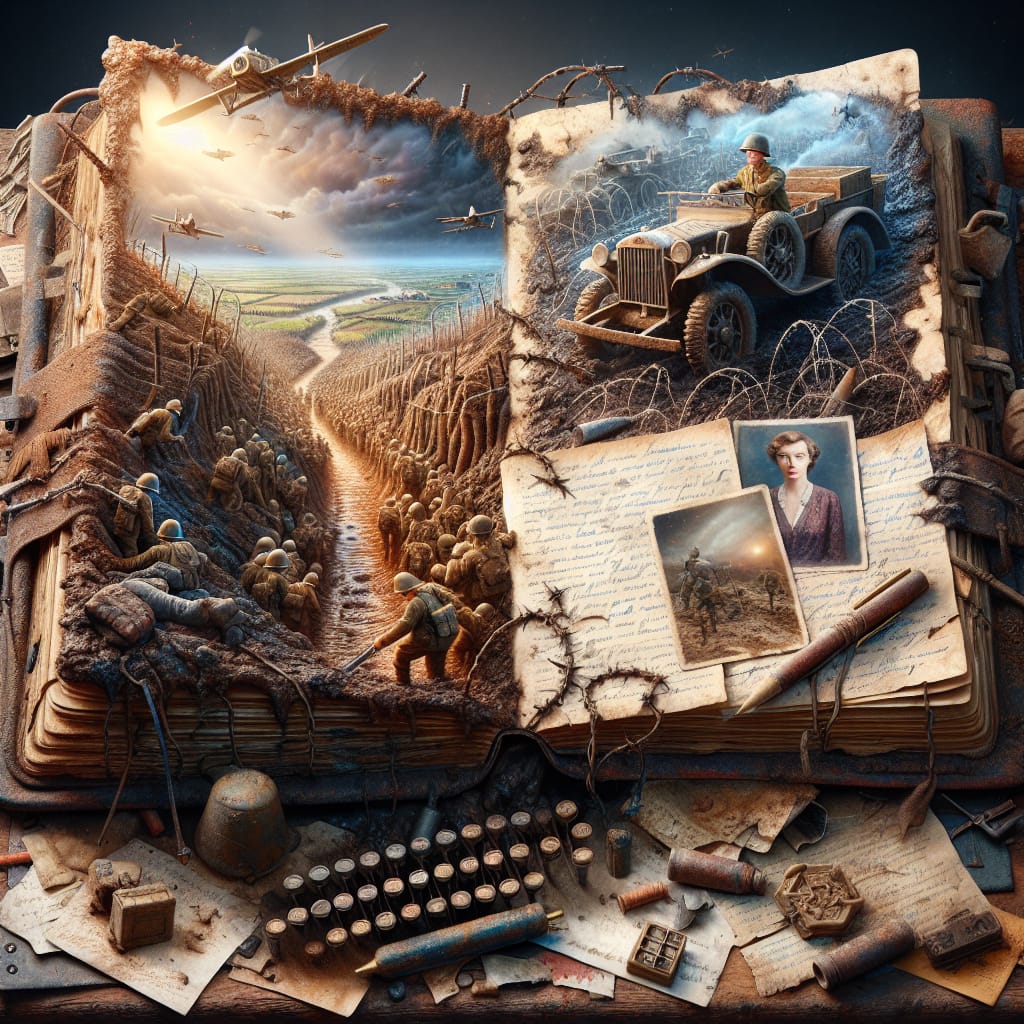
Then, in a cruel twist of fate, the world’s hopeful chorus fell silent on June 28, 1914. One archduke, a handful of bullets. World War I erupted from a petty squabble. Millions drowned in a sea of chaos.
This dismal, dark tide signaled an even bleaker and bloodier conflict to come. During the interwar period, the world’s hopeful chorus dimmed to a whisper. The Great Depression loomed, underscoring the economic instability that lay beneath.
Leaders, in their arrogance, made decisions that reeked of irony. Nations rebuilt and rearmed under the illusion of peace. Technological advances in tanks and aircraft fostered a deceptive sense of safety. Dictators capitalized on the fear, spinning webs of propaganda and hollow promises.
Germany, humiliated by the Treaty of Versailles, bitterly annexed Austria. Japan, desperate for resources, invaded Manchuria. Hitler’s lies promised salvation through destruction. These early territorial grabs and aggressive moves pointed to a more horrific conflict.
Technological Strides Turned Against Humanity
September 1, 1939. The ‘war to end all wars’ was just the prelude. Poland became the opening act of World War II. Like a bad sequel, the world doubled down on destruction, thinking more chaos might lead to order.
Tanks thundered, planes shrieked, cities smoldered. Welcome to the new world disorder. The world’s hopeful chorus, filled with dreams of a better tomorrow, was now drowned out by the cacophony of war.
The very innovations that once symbolized human ingenuity were now being used to devastate. Leaders, driven by arrogance and short-sightedness, had turned these beacons of progress into instruments of annihilation. The irony was inescapable: the same technological strides that were supposed to safeguard the future were now tearing it apart.
And in the depths of this irony, the Manhattan Project was conceived, a chilling reminder of how the world’s hopeful chorus had been twisted into a dirge of destruction.
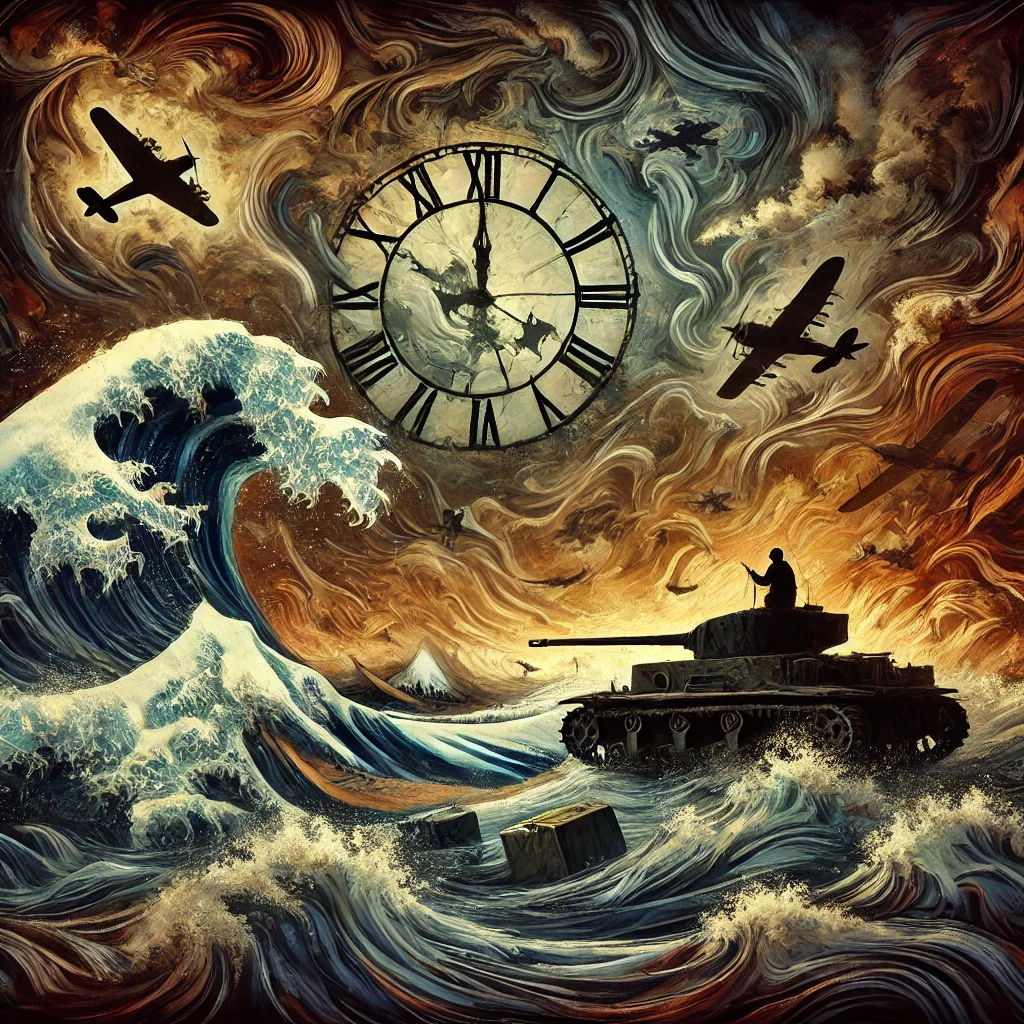
Oppenheimer’s Irony: ‘I am become Death’
The dual nature of knowledge—its capacity for both good and evil—was embodied in J. Robert Oppenheimer. As a young man, he once offered a poisoned apple to his mentor, an act that symbolized the darker side of intellectual pursuit.
This duality became starkly evident in his work on the Manhattan Project, where he gave the world the atomic ‘apple.’ The world’s hopeful chorus, once filled with dreams of progress, now faced the sobering reality of nuclear destruction.
The same scientific breakthroughs that had been celebrated as milestones were now potential catalysts for global catastrophe. Oppenheimer’s words, ‘I am become Death, the destroyer of worlds,’ reflected the profound irony of his achievements.
The Manhattan Project, a testament to human ingenuity, also served as a grim reminder of the dangers of unbridled scientific ambition.
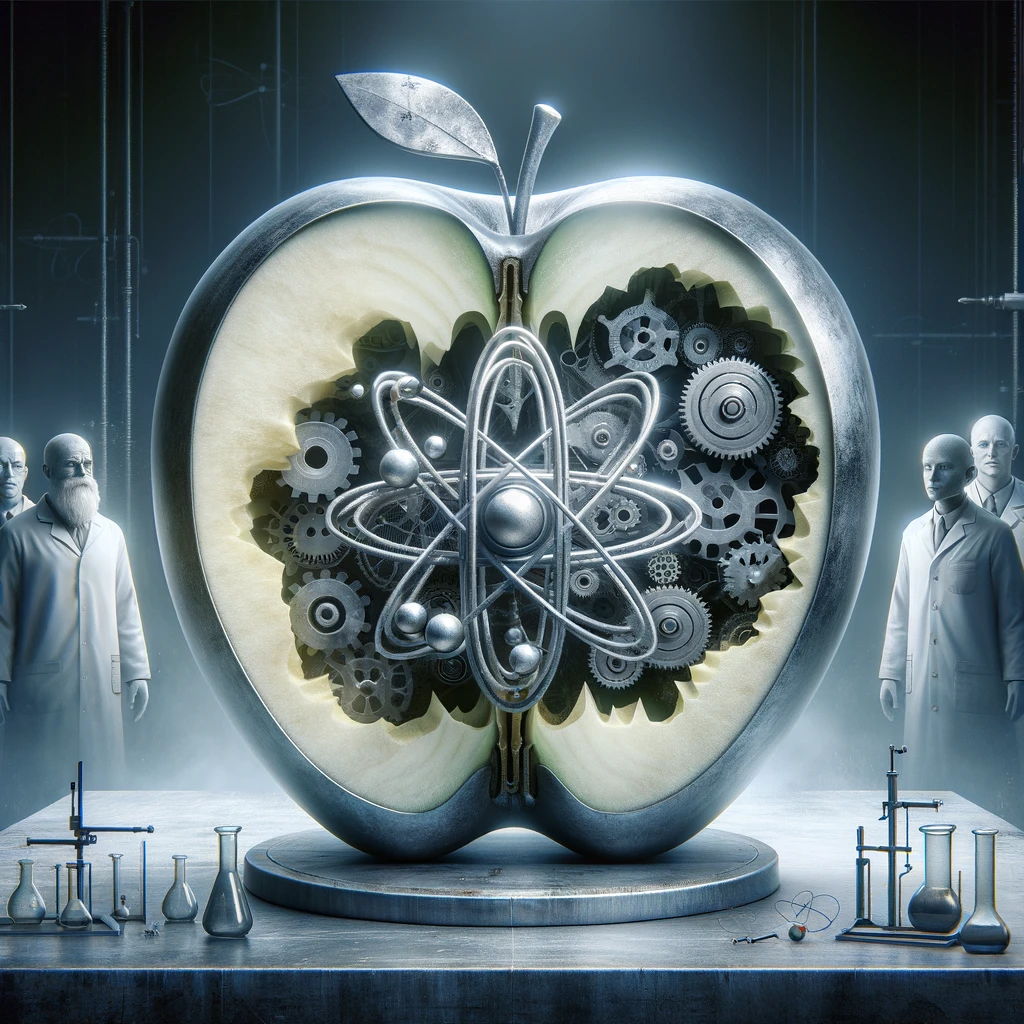
Atomic Power to AI: Ethical Dilemmas Through the Ages
The decision to drop the first atomic bomb on Hiroshima was one of the most controversial and ethically fraught moments in modern history. This decision not only ended World War II but also set a precedent for the ethical considerations that continue to shape technological innovation today.
Just as leaders in 1945 grappled with the moral implications of unleashing atomic power, modern technologists face similar dilemmas with the advent of AI and cybersecurity. The debate over the use of the atomic bomb highlighted the need for responsible innovation—a lesson that remains crucial as we navigate the complexities of AI ethics and cybersecurity.
From the atomic age to the digital age, the ethical framework established by decisions like the Manhattan Project continues to influence how we approach the development and deployment of powerful technologies. As we stand on the brink of new technological frontiers, the lessons of the past remind us of the importance of considering the broader impact of our innovations.
Why Cybersecurity?
Imagine a world where the theft of digital information costs more than the entire economies of Japan and Germany combined. This stark reality isn’t a dystopian fantasy—it’s happening right now. As we dive deeper into the digital age, protecting our digital assets becomes crucial. Cybercriminals are like digital pirates, constantly hunting for our treasure troves of sensitive information.
By 2025, cybercrimes could cost the world a jaw-dropping $10.5 trillion. To give you an idea, that’s more than the GDPs of Japan and Germany put together! It’s also enough to fund global healthcare for a year or more (Cybercrime Magazine). For context, we spent about $9.8 trillion on healthcare globally in 2021 (WHO), and roughly $5.4 trillion on education (WorldBank). These comparisons show just how massive the financial impact of cybercrime could be. Investing in cybersecurity isn’t just a good idea—it’s essential.
Without strong cybersecurity measures, we risk not just financial loss but the stability of our entire digital future. Think of it like locking your front door before bed. We wouldn’t sleep soundly without doing it, right? As we navigate this digital landscape, safeguarding our digital assets must be our top priority. Investing in cybersecurity today protects our future. Let’s act now and secure a safer digital world—before the cyber pirates strike again.
Cybersecurity and Tech Insights: Extra Resources
Here are some more resources for you to explore related to cybersecurity and tech insights
- Cybersecurity History
- Click here to learn more about the epic saga of cybersecurity history
- Tech History: WWII – Present
- Dive in to discover more about how Tech Innovation changed the world